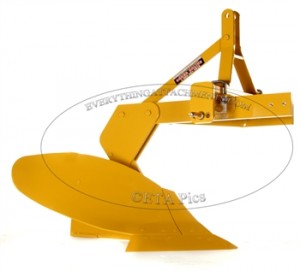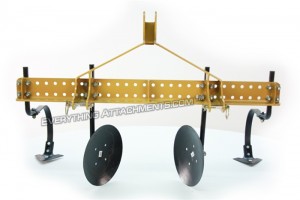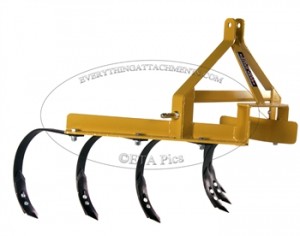If you have an empty field that you want to turn into fresh produce for eating or selling, you are only a few steps away from getting the job done. The tools required is a short list, and there are several options to them so you can spend as little or as much as you want, however you will need a tractor. Let’s get started.
Break Up Your Ground.
You want to create a good environment for the roots of your plants to grow, so you are going to have to start by using a plow to roll the dirt over and burying the grass on top of the soil. This is best done in the fall so that it has time to decompose and fertilize the soil. The freezing and thawing of the dirt over the winter will help break up some of the hard dirt, so fall is definitely the best time to plow.

Take It A Step Further
Whether you plow in spring or fall, you need to break the dirt up a little bit more. After plowing the dirt is in “clods” and still isn’t soft enough for good root growth and water penetration. You have two good options for breaking up the dirt, you can use a disc harrow or rotary tiller. The disc harrow is the cheaper option, but the rotary tiller will get the job done faster.
Fertilizer Spreader
You could spread fertilizer by hand like they did in the old days, but we try to be a little faster than that. You can spread fertilizer on your entire field in a matter of minutes with a 3 point tractor fertilizer spreader.

Garden Bedders
Some crops can be easily damaged by too much moisture, so it helps to raise them up on an elevated garden bed to allow the water to run off into the low spots. A garden bedder hooks up to the 3 point hitch on your tractor, and piles the dirt into a raised bed which is great for crops like potatoes, onions, leafy greens, and other root vegetables.

Cultivators
After your crops have started to come up, the weeds will have too, so to prevent the crops from being choked out by the weeds you will have to remove them. A cultivator has an opening for the tall crops to pass through, and adjustable tines on the side to dig up the weeds and drag them to the end of the row. The weeds will of course come back, but by that time, the crops will be too tall for the weeds to cover up and block from the sun.



 Subscribe to our channel
Subscribe to our channel